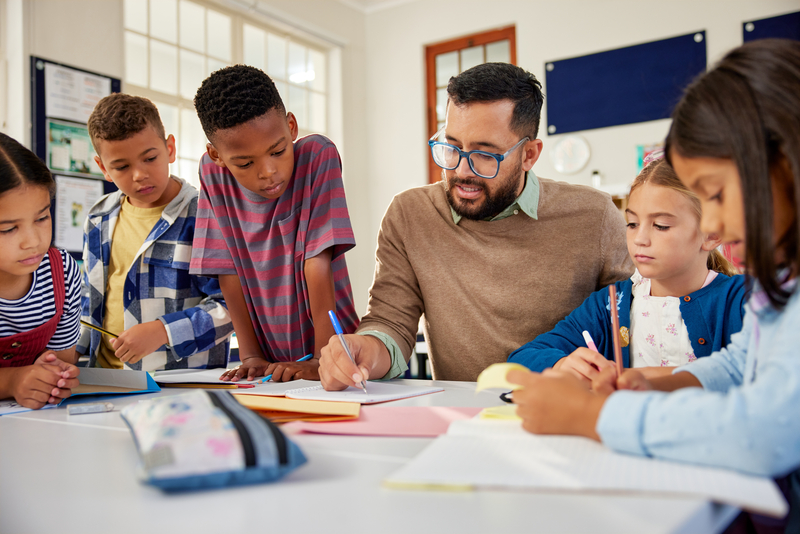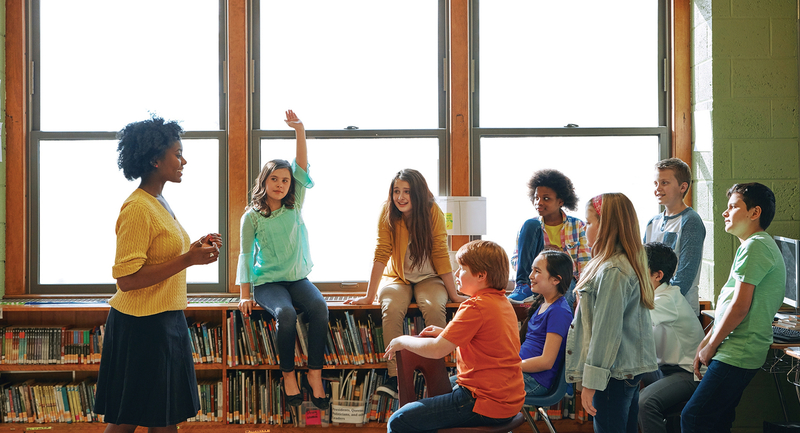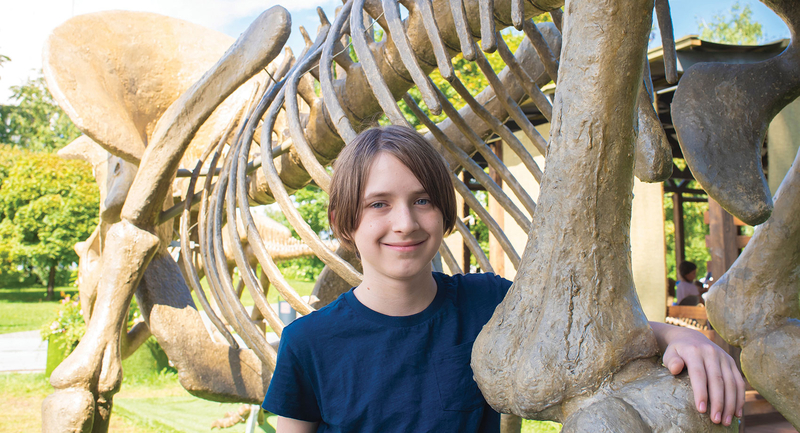October 1, 2023
•
•
Vol. 81•
No. 2Five Peer Tutoring Strategies for the Classroom
When students teach and learn from each other, their academic and social outcomes improve.
If you have ever taught someone else how to fix a flat tire or edit a picture on their smartphone, then you have likely experienced the protégé effect: In the process of teaching someone else, you deepen your own knowledge of the topic. The protégé effect is often used in educational games and requires a user to “teach” an agent, often a digital avatar who benefits from the instruction. In doing so, the person teaching also benefits by learning. Studies have shown that when middle school students believed they were learning science material to teach a digital peer, they exerted more effort than those who believed they were learning the content for themselves for a test later (Chase et al., 2009).
Peer tutoring pairs students for the purpose of mediating each other’s learning. Peer-led interactions capitalize on what education psychologist Lev Vygotsky described nearly a century ago as the zone of proximal development. In this model, the learner’s range is extended under the guidance of a more capable peer. Many educators have witnessed the power of a student who has recently mastered a skill, effectively chunking it into understandable language for a classmate. In doing so, both the tutor and the tutee profit from the exchange. We describe here five evidence-based models of peer tutoring that can transform your classroom into a place where students feel supported, are learning more, and are learning better than before.
A higher-performing and lower-performing classmate are matched to learn content the lower-performing student has not yet mastered. The arrangement does not need to be done as a whole-class model, and in fact is sometimes accomplished during small-group rotations while other students meet with the teacher or work independently. A popular version of same-age tutoring is paired reading using a book chosen to stretch the tutee’s reading skills. The tutor, serving as a model, reads a passage aloud, then the tutee reads the same passage aloud. The pair then discuss the meaning of the text using questions prepared by the teacher.
Students are heterogeneously paired, with each member serving simultaneously as tutor and tutee to support their collective success. This collaborative learning task charges students with synthesizing content and asking questions to elicit answers and explanations. For example, students read a passage from the textbook and one student, acting as the tutor, asks questions about the passage to the other student, who must locate the information. The pair then reads the next passage and reverses roles for question asking. Once the assigned passages have been read and discussed, they review the questions they compiled for further practice.
In this form of peer tutoring, the entire class is engaged simultaneously. Students work in pairs to practice skills or concepts they have already been taught. Each member of each team takes a turn acting as the tutor and tutee. The tutor asks questions prepared in advance by the teacher and assesses the accuracy of their partner’s answers. Correct responses earn two points. Partially answered or incorrect responses earn one point, after the corrected response is repeated orally and in writing. Then the roles switch and more questions are asked. Pairs tally their points to determine the winning team of the day.
Students are assigned a skill or concept that has been previously taught and develop a short lesson to teach it back to a peer. These lessons can be recorded or enacted in real time. As one example, students were assigned a range of mathematical tasks to demonstrate how fractions are represented in different ways. Students developed charts to explain the representation they chose (e.g., groups of objects, a number line, shapes in a tangram) then used their chart as a display to teach a partner.
Older students are paired with younger ones to teach content that’s developmentally appropriate for the tutee. The tutor explains the concept or skill, models positive behavior, and asks questions to encourage the younger student’s thinking. In the video that accompanies this column, seniors in a Dallas high school work in a nearby 4th grade classroom to teach small groups of students about reading, writing, and learning skills. In one lesson, they each run a station to teach six dimensions of self-regulation of learning. “This helped me learn a lot,” said one senior. “You understand it, but you don’t realize how simple it really is until you talk to the kids about it.” The protégé effect, indeed.
Peer tutoring has a strong evidence base for bolstering academic performance, especially in areas of reading and mathematics (Bowman-Perrott et al., 2013). When dyads or triads of students meet together, their learning deepens as they teach one another. The evidence on social outcomes is equally strong (Bowman-Perrott et al., 2014). Communication skills, positive behavior, and social skills can increase using peer tutoring. At a time when the academic and social skills of students are especially precarious, isn’t it time to bring back this low-cost intervention?
References
•
Bowman-Perrott, L., Burke, M. D., Zhang, N., & Zaini, S. (2014). Direct and collateral effects of peer tutoring on social and behavioral outcomes: A meta-analysis of single-case research. School Psychology Review, 43(3), 260–285.
•
Bowman-Perrott, L., Davis, H., Vannest, K., Williams, L., Greenwood, C., & Parker, R. (2013). Academic benefits of peer tutoring: A meta-analytic review of single-case research. School Psychology Review, 42(1), 39–55.
•
Chase, C., Chin, D., Oppezzo, M., & Schwartz, D. (2009). Teachable agents and the protégé effect: Increasing the effort towards learning. Journal of Science Education & Technology, 18(4), 334–352.









